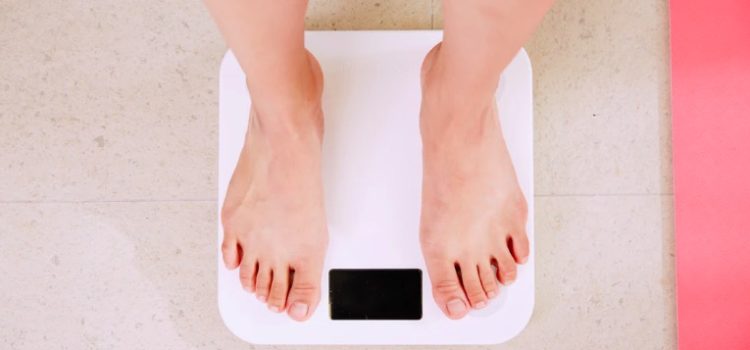

This article is an excerpt from the Shortform book guide to "Fast This Way" by Dave Asprey. Shortform has the world's best summaries and analyses of books you should be reading.
Like this article? Sign up for a free trial here.
What does healthy fasting for weight loss look like? How does it work?
Healthy fasting for weight loss is carefully planned to encourage the body to burn fat over carbohydrates. Understanding how this works can help you lose more weight faster.
Continue reading for more on why intermittent fasting is effective for weight loss.
How Fasting Promotes Weight Loss
Healthy fasting for weight loss requires an understanding of energy sources. Fasting helps you lose weight by switching your body’s energy source from glucose to fat. When you fast, your body runs out of glucose from food, so it starts burning fat instead. It converts your fat into energy molecules called ketones, which also suppress your hunger. When your body burns fat as its primary energy source, you’re in a state called ketosis.
(Shortform note: When you stop consuming glucose, it takes some time before your body starts burning fat as its primary fuel source. In The Obesity Code, Jason Fung says ketosis kicks in after two to three days of fasting.)
Unlike fasting, dieting is ineffective because it relies on the flawed concept of calories-in-calories-out (CICO). This concept asserts that you can lose weight by simply eating fewer calories than you burn. Dieting and CICO are ineffective for health and weight loss for two reasons:
1. Your eating habits affect your weight. CICO oversimplifies food’s impact on our bodies by focusing solely on calorie count and ignoring the sources of these calories. Factors such as your food choices and meal timings also significantly impact your weight and overall well-being.
2. Your body adjusts your hunger levels to maintain your weight. Each person has a set-point weight that determines how much hunger they experience and how full they feel after eating. This means that even if you manage to trim 50 pounds by dieting, you will still feel as hungry as someone who is 50 pounds heavier. This is why restricting calories isn’t sustainable in the long run. Fasting, on the other hand, helps you reset your set-point weight by reducing your appetite.
| Challenging the CICO Model: Obesity as a Hormonal Disease In The Obesity Code, Fung agrees that CICO is a flawed model, arguing that it incorrectly presents obesity as a problem of self-control when obesity is a hormonal disorder. Fung explains that eating isn’t a choice—your hormones regulate when you feel hungry or full, and food choices (not just calories) matter because different foods affect your metabolism and hormones. Fung also adds detail to the mechanism by which your set-point weight limits your ability to lose weight: It changes how your body manages fat. When you cut calories and fall under your set-point weight, your body stores calories as fat until you return to your set-point weight. Essentially, your body resists your attempts to lose weight. Along with diet and set-point weight, there are two other factors that affect your weight that CICO ignores: 1. Your relationship with food: In Intuitive Eating, the authors add that dieting damages your relationship with food. Diets can make you overly self-conscious about your body image, leading to self-criticism. Plus, they’re typically restrictive, which often leads people to binge eat and gain more weight. 2. Culture: Michael Pollan writes in In Defense of Food that Americans tend to eat at a quicker rate than other cultures, such as the French. It takes 20 minutes for your stomach to signal your brain that it’s full, so by eating more quickly, you tend to eat more food than you need to satisfy your hunger. |

———End of Preview———
Like what you just read? Read the rest of the world's best book summary and analysis of Dave Asprey's "Fast This Way" at Shortform.
Here's what you'll find in our full Fast This Way summary:
- Why intermittent fasting is more than just a way to lose weight
- How our modern eating habits differ from our bodies' natural eating patterns
- An intermittent fasting method that makes it easier and more enjoyable






